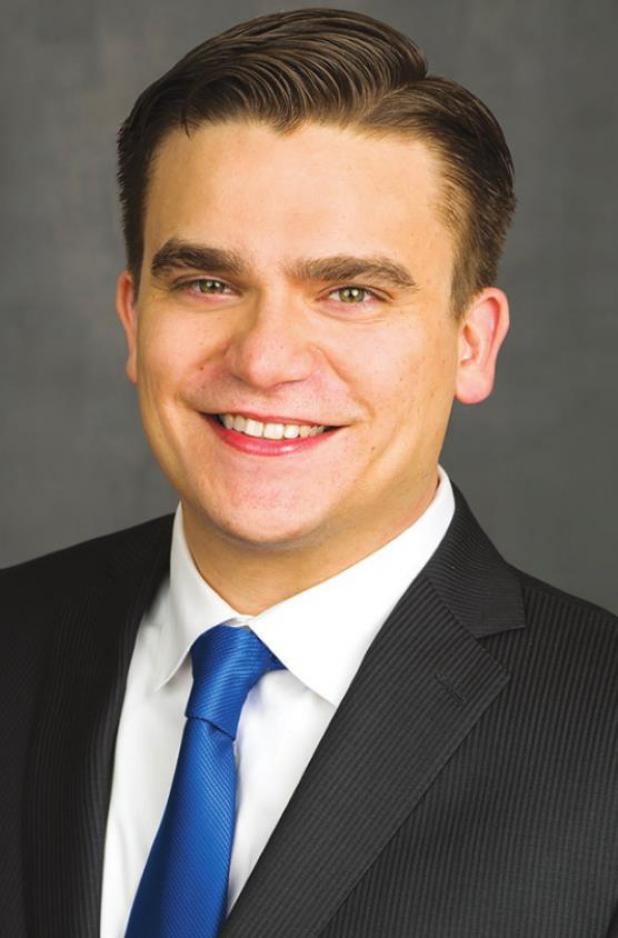
Local businesses and churches should consider a forgivable SBA PPP loan
Photo by Will Sadler
Note: This is not legal advice. If you own a business, you’ve probably already heard about the Small Business Association’s Paycheck Protection Program offering forgivable loans to “small businesses.” The program was established by the CARES Act passed by Congress and signed into law on March 27, 2020, and the SBA began accepting loan applications on Friday, April 3. As of Tuesday—just three days later—the SBA had already approved $70 billion in PPP funds via 275,000 applications. Funds are available on a first-come, first-serve basis, but it appears the government is already acting to add more funds to the program.
The purpose of this program is to help guarantee eight weeks of payroll and other costs to help employers remain viable and to allow workers to pay their bills during these difficult times.
Who Qualifies? Generally speaking (and with a few exceptions) businesses—including sole proprietors, independent contractors, non-profits, and churches— that have less than 500 employees qualify to apply. To qualify, you must sign an application wherein you certify that the “Current economic uncertainty makes this loan request necessary to support the ongoing operations of the Applicant.” In general, this program is very broad, and the author expects that must if not all local business and churches qualify.
Certain businesses are ineligible to receive a PPP, including lenders, life insurance companies, certain “sin” businesses, passive business (including developers), political groups, and speculative businesses (such as “oil wildcatting”). Importantly for our region, farms which were first thought to be excluded from the program, are in fact eligible to apply.
Forgivable Loan Amounts. The loan amount is up to 2.5x average monthly payroll for all employees making less than $100,000. For employees making more than that, you are only permitted to count the first $100,000. Businesses existing prior to 2019 may look to just 2019 to calculate average payroll. New businesses’ average payroll can be calculated by looking at just Jan-Feb 2020.
Payroll to 1099 independent contractors should not be included, but 1099 contractors can apply for PPP themselves. If businesses pay with W-2s, average payroll can be calculated based mostly on Form 941s and W-2s. It is less clear how to calculate the loan amounts for sole proprietors and the self-employed. However, it seems those applicants would look to their most recent tax returns or simply their profit and loss calculations for either 2019 or Jan-Feb 2020.
Forgiveness. Loans will be forgiven if the entity spends at least 75% of the funds towards payroll and up to 25% on other expenses such as rent, utilities, and/or mortgage interest within the eight weeks following the loan. If certain amounts are not forgiven, they will then convert to a 1% interest loan with deferred payments for six months.
Funding. Once the bank has submitted the lender’s application to the SBA, the forgivable loan should be funded within ten days.
Applying for PPP Applications for the PPP program may be obtained from: www.sba.gov/document/sba-form--paycheck-protection-program-borrower-appl...
However, many folks will need help from their accountant, CPA, attorney, or friendly banker to prepare the application and supporting backup documentation.
We are proud of our local banks! All banks are eligible to make PPP Loans if they are willing to jump through the right hoops with the SBA. However, many banks are struggling, and in some instances failing, to keep up with the huge demand. Most banks are only taking applications from existing customers, and some big banks are even turning their own customers away. Countless businesses around the country are struggling to find a bank willing and able to process their PPP loan application.
The good news for Olney is our local banks, First State and Interbank, are blowing and going. The bank managers and some of their staff have been working very hard, including after-hours and on weekends at times, to process the PPP Loan Applications and to provide assistance for local businesses. For example, as of Wednesday, First State Bank (serving at several branches) said it had taken in about 120 PPP loan applications at a value of about $8.1 million. Interbank has also taken in a large number of applications.
The author’s local law office, Branum PLLC, Attorneys at Law (564-5299), has been assisting local employers to prepare applications and materials to streamline and speed up the process. These services are at no additional charge to the employer applicant since the small “agent” fee is paid out of the lender’s fee. For loans less than $350,000, the lender’s fee is 5% (paid from funded loan). If an agent is involved, 1% goes to the agent and the other 4% goes to the bank.
If you would like more information you should discuss your options with your accountant, lawyer, or banker, or simply research the issue online. However, beware: this program is so new that the SBA guidance is changing quickly (daily). So, if you are researching online, you must be sure what you are reading is very current.
